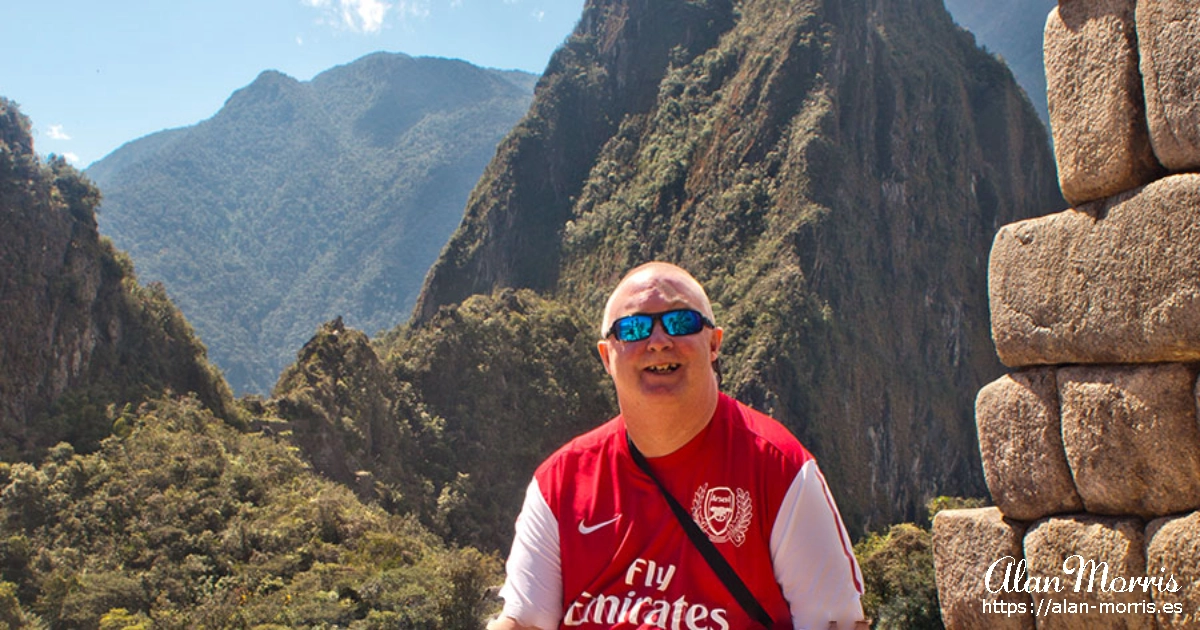Machu Picchu was one of the places my dad had always wanted to go to and never went to because of ill health. Because of my dad, I started looking into Machu Picchu to see what it was, where it was and why he wanted to go there.
What is Machu Picchu?
Machu Picchu is an Inca citadel located in the Eastern Cordillera of southern Peru on a 2,430-meter mountain ridge. It is one of the few major pre-Columbian ruins found nearly intact and was designated a UNESCO World Heritage site in 1983. The ruins feature about 200 structures that were used for religious, agricultural, astronomical and ceremonial purposes, though exactly how remains a mystery. Machu Picchu is built entirely of stone and is made up of wonderful squares, ritualistic and sacrificial areas, and a complex irrigation system.
Machu Picchu was previously believed to have been built in the 1450s. However, a 2021 study used radiocarbon dating to reveal that Machu Picchu may have been occupied from around 1420 to 1530 AD. Construction appears to date from two great Inca rulers, Pachacutec Inca Yupanqui (1438–1471) and Túpac Inca Yupanqui (1472–1493).
Discovery of Machi Picchu.
In 1911, American historian and explorer Hiram Bingham travelled the region looking for the lost capital of the Neo-Inca state, established by Manco Inca after the Spanish conquest and was led to Machu Picchu by a villager, Melchor Arteaga. Bingham found the name Agustín Lizárraga and the date 1902 written in charcoal on one of the walls of the Temple of the Three Windows. Initially disappointed, he documented in his pocket field journal: "Agustín Lizárraga is the discoverer of Machu Picchu and lives at San Miguel Bridge just before passing." However, while Bingham initially acknowledged Lizárraga as the discoverer in his early writings and speeches, including Inca Land (1922), he gradually downplayed Lizárraga's role until, in his final version of the story, Lost City of the Incas (1952), Bingham claimed to have found the site himself.
Though Bingham was not the first to visit the ruins, he was considered the scientific discoverer who brought Machu Picchu to international attention. Bingham organized another expedition in 1912 to undertake major clearing and excavation.
My visit to Machu Picchu.
After looking on the Internet, I began to think I would like to go to Machu Picchu one day, and after my dad died, I decided I would go before my health prevented me from going. In this way, we both went, me in body and my dad with my memories of him.
It was a place that I think should be on everyone's bucket list, a supremely spiritual place that will enrich the lives of anyone who goes there. A place that I can now cross off of my bucket list. My trip to Machu Picchu was the reason for my vacation to Peru, and on the day of my visit, I was very excited.
During my visit, I and the people I was travelling with left our coach far from Machu Picchu and travelled to the base station by train. We then took a small coach up the highly steep winding road to the visitor centre at the top of the mountain. We were taken on a guided tour of Machu Picchu and given some time to explore ourselves. The highlight for me was getting to the point on the mountain that is always shown on postcards and travel programs on television. There, I posed for a photograph and thought of my dad. I hoped he was looking down on me, and I believe he finally got to visit this mystical place through me.
I want to go back, but I think it is beyond me now, and I am glad I took the opportunity to do it when I could.
